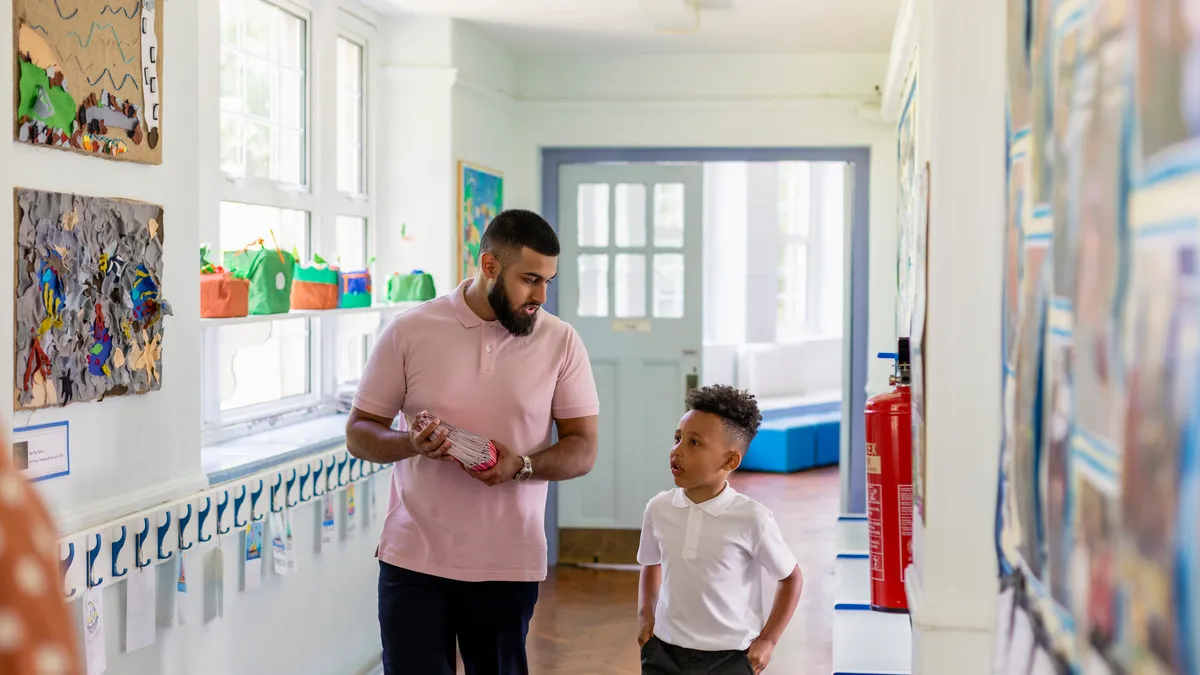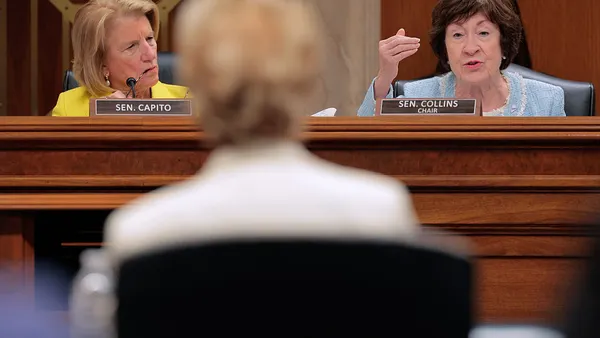COVID-19 dug "quite a hole" for the Centers for Disease Control and Prevention when it comes to addressing student behavioral and mental health challenges.
But schools' efforts to address increased behavioral concerns since students returned to classrooms following prolonged building closures have been "encouraging," said Kathleen Ethier, a social psychologist and director of CDC's Division of Adolescent and School Health.
"I see so much effort being placed in schools on addressing those impacts, and the learning impacts as well," Ethier said.
When students returned to schools following pandemic closures, districts showed an increased interest in social-emotional learning to support learners as they navigated isolation from their peers, unsupportive or unsafe conditions at home, and personal losses. Since then, mental health funding from the federal government and local initiatives to bolster support for students have propelled the issue even further.
On Thursday, for example, a bipartisan group of senators introduced the Creating Access to Resources in Education for Student Mental Health Act (CARE for Student Mental Health Act), which would support districts in hiring, training and retaining school-based mental health professionals.
"This is the most attention, both in terms of public health and in terms of education, that I have seen directed toward trying to address the mental health crisis that we're seeing among youth," said Ethier.
Schools can incorporate mental well-being into daily activities
While Ethier says school efforts are promising, evidence continues to pour in that students need help — and that schools are in a position to do so.
Last year, the CDC found dramatic increases in mental health challenges for teen girls. Furthermore, data showed 70% of LGBTQ+ students said they experienced persistent feelings of sadness or hopelessness, with more than 20% attempting suicide in 2022. The numbers also suggested high and worsening levels of persistent sadness or hopelessness spanned across racial and ethnic groups.
At the time, the CDC called on schools to intervene and stave off the negative impact of violence and other trauma on youth.
"Generally, SEL skills have been associated with positive mental health, helping to buffer against mental health risks like externalizing behaviors such as substance use," said Brittney Williams, assistant director of research-practice partnerships at the Collaborative for Academic, Social, and Emotional Learning.
However, some schools have struggled with balancing the emotional well-being of their students with the pressure for academic recovery.
"I think that adding additional layers of activity into a school day is always a challenge," said Ethier.
Here are some ways Ethier suggests schools can help build in social-emotional support for students even during a busy learning day:
-
Expand professional development. Teachers need to hone in on their classroom management skills to help address and manage mental and behavioral issues as they appear in the classroom, including bullying.
-
Build SEL strategies into the classroom. SEL skills can be built into regular classroom teaching, especially for younger kids.
-
Improve school and community connectedness. Youth development programs like community service, youth mentoring and bringing outside adults into schools to be positive role models can help decrease risk behavior and increase school and community connectedness.
-
Enact inclusivity policies and practices. Actively working on increasing a sense of security and acceptance for marginalized students can improve the mental health and well-being of all students.













